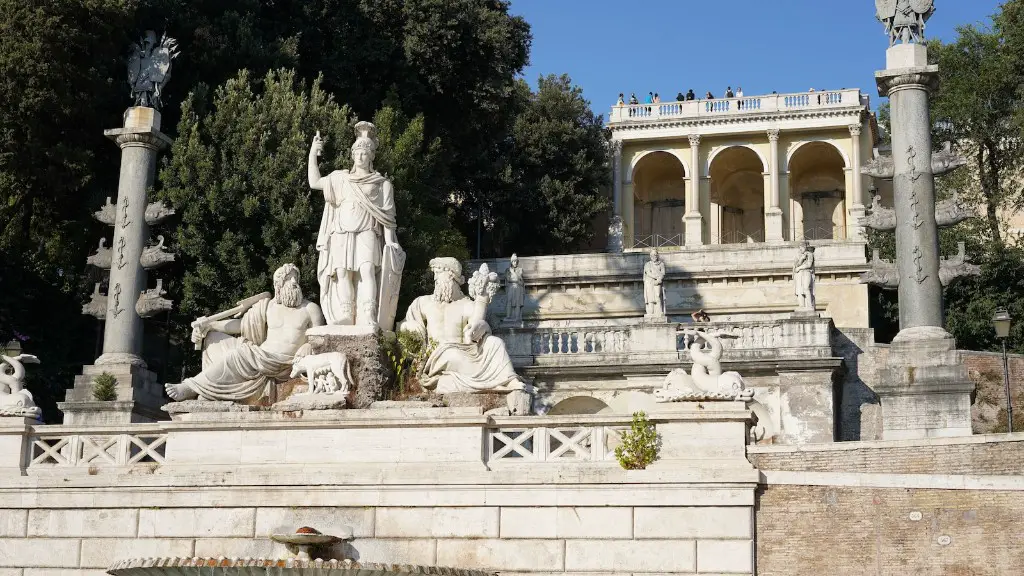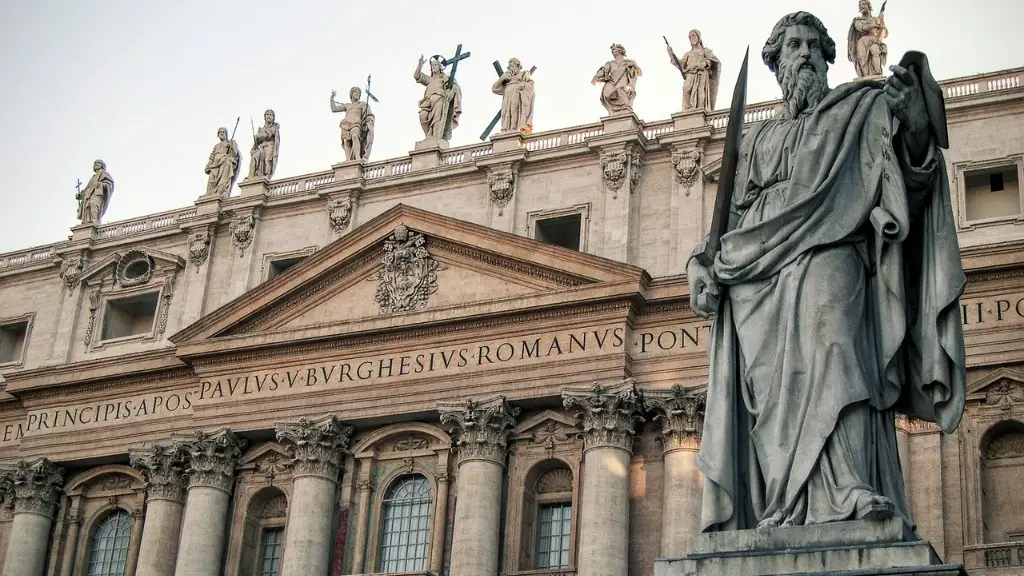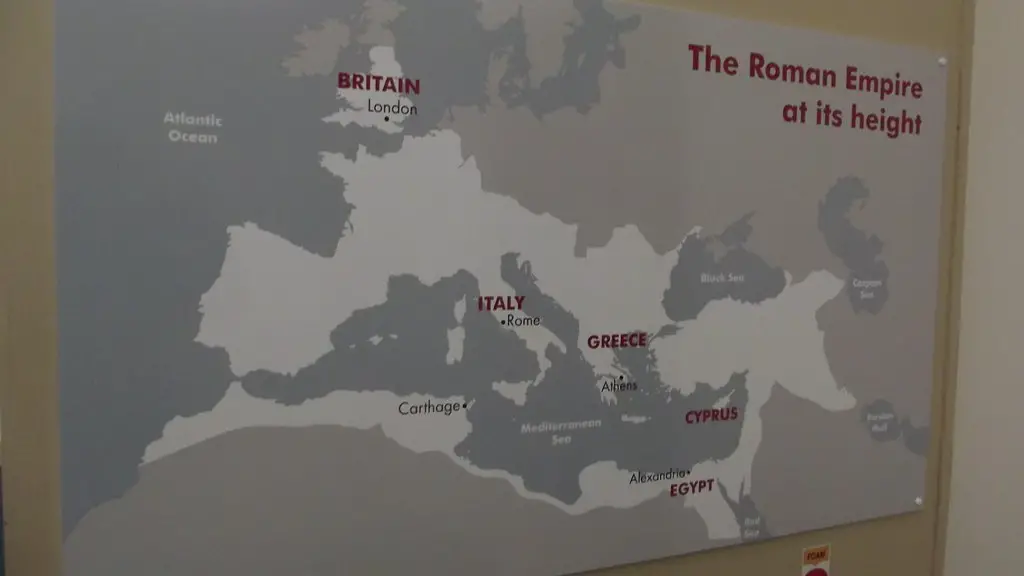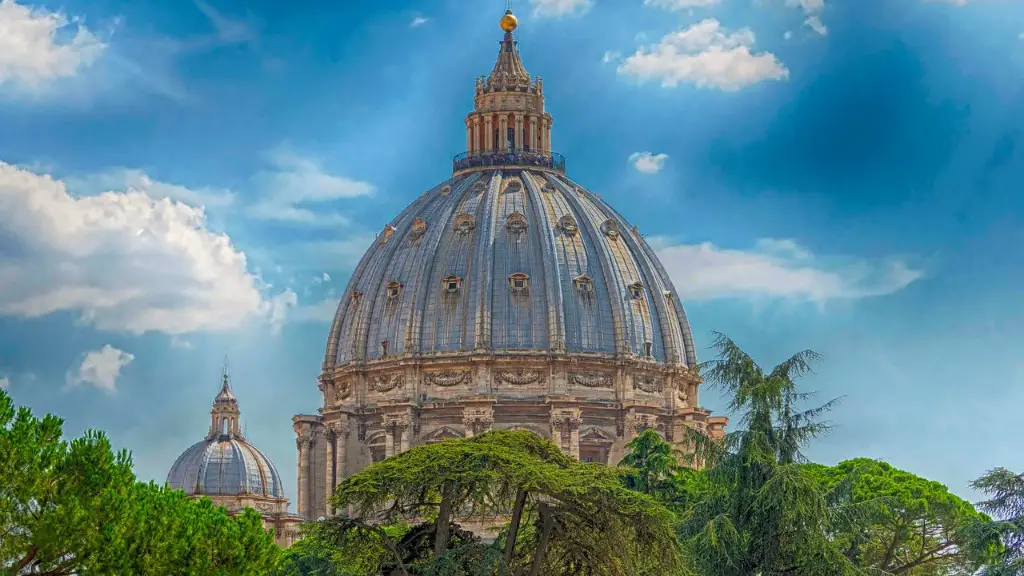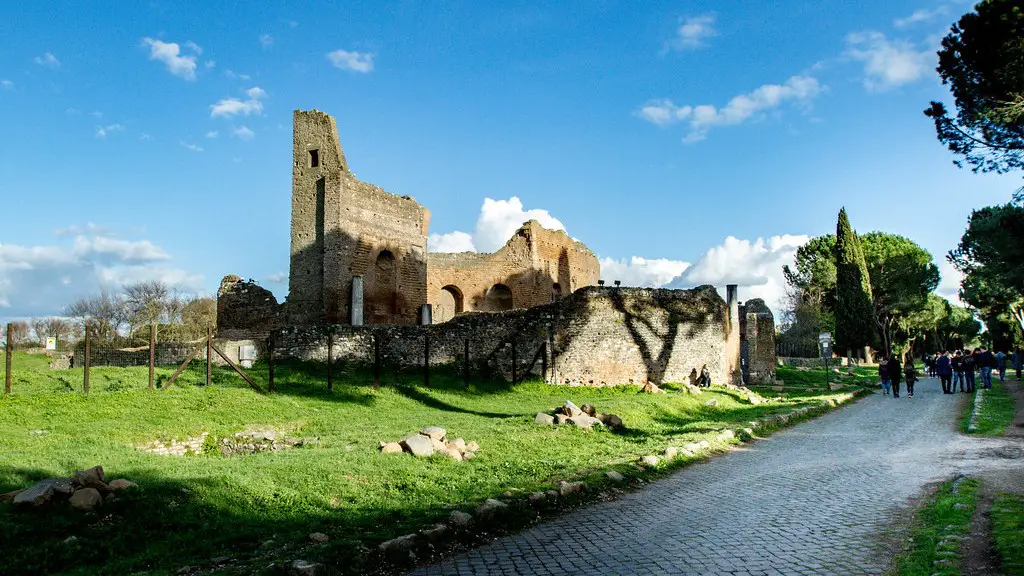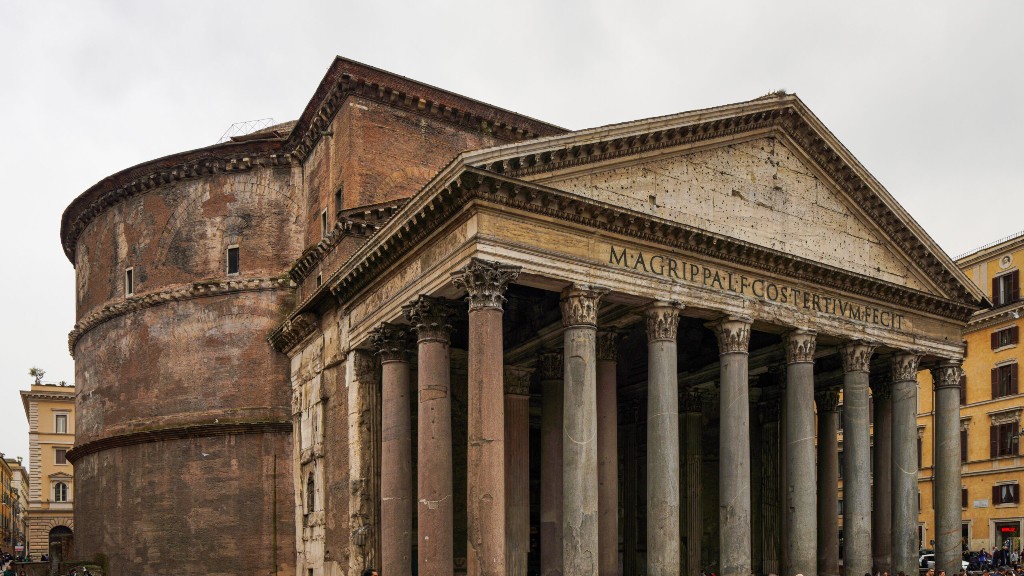The religious systems of ancient Rome were deeply rooted in tradition and connected to the current government, laws and social structures. From the Bronze Age onward, the people of Italy practiced different religious customs, primarily those that predated Rome’s establishment. Through the rise of the Roman Empire, these customs blended together and adapted to the ever-changing state of the empire.
The earliest religious beliefs of the populace, dating back to the Bronze Age and Iron Age, were based more on magic than on any particular gods. Rituals including sacrificing animals and objects, as well as divination, took over. It was not until the advent of Rome that the city was introduced to more organized practices. This included influences from both the Greeks and Romans, as well as Etruscan and Latin cultures.
The most important gods of ancient Rome were Jupiter, Juno and Minerva. They were part of a large pantheon of gods, each with their own area of influence and corresponding rituals. Additionally, the gods associated with their ethnicity predated the stories of their Roman counterparts. Examples of these gods include the Etruscan Tinia, Juno-Lucina, and the Sabine Italic god Mars.
An important milestone of the Roman Empire was the creation of the official Roman Pantheon. This represented the first time that the most important gods were given official recognition, affiliated with the state and were therefore upheld in the laws of Rome. People were expected to adhere to the teachings of the gods and represent them in their day-to-day lives. Worship of the gods, or religion, was seen as a contractual relationship between Rome and their gods.
The major festivals and public holidays in Rome were based on religious rituals that had been observed since before the founding of Rome. These included the secular festivals of Saturnalia and Lupercalia. Other major festivals were those held in honour of the gods, such as Consualia, Equirria and Vinalia. All of these festivals became part of life in Rome and were celebrated for either one day or up to nine days depending on their importance.
Religion in ancient Rome was also connected to the people’s concept of morality. People were expected to do their best to live up to the ideals of the Roman gods and goddesses, and for the most part, the people of Rome followed their teachings. If a member of society was convicted of wrongdoing, they would receive punishment from the gods, which could come in the form of death, exile or poverty.
A person’s credibility in ancient Rome was also tied to religion. Those who followed the teachings of the gods and goddesses were seen as more respectable and were thought to be fair and honest. They were also granted more social standing and were generally more trusted.
Influence of Roman Religion on the Modern World
The influence of ancient Roman religion continues to be felt in the modern world, especially in the Mediterranean region. Many of the holidays, festivals and customs observed in Italy today can still be traced back to their Roman predecessors. Names of the days of the week, as well as some of the months of the year, are also all derived from Roman gods and goddesses.
Christianity also owes much of its history and development to the time it spent in the Roman Empire. The spread of Christianity throughout Europe and the Mediterranean was in part due to its successful propagation within Roman society. This includes aspects of the architecture, rituals and symbols that can still be seen in churches today.
The religion of ancient Rome also had a major influence on Europe’s political and legal system. This is clearly evident in the democratic and republican systems of government found in numerous countries throughout Europe and the world. Additionally, Roman law still forms the basis for much of modern European law.
The gods, goddesses and religious practices of ancient Rome have been deeply embedded within cultures around the world for centuries. Despite the many changes and adaptations, the core ideals and values of Roman religion have largely persisted over time.
Reinterpretation of Roman Religion
In recent years, there has been a rise in people reinterpreting ancient Roman religion. Pagan and neo-pagan organizations around the world have taken up the mantle of reviving and recreating ancient Roman practices. Numerous books and documentaries on the subject have been released, educating people on the intricacies of ancient Roman religious beliefs.
These recreations take many different forms, with the debates on objectives and motives rivalling the pagans of the past. The idea that ancient Roman religion can be studied and practised in modern times has had a profound influence on the pagan community, with the reinterpreation of ancient Roman practices being seen as a direct statement against mainstream religions.
Organizations such as the Fellowship of Isis have been at the forefront of the reinterpretation. Founded in 1976 by Lady Olivia Robertson and her siblings, the fellowship has grown to become an international organisation dedicated to the revival of the ancient Egyptian and Roman religions. They promote the idea that these religious practices can be adapted for modern times, and their teaching is practiced by thousands around the world.
In more recent times, there have also been experiments into virtual reality and simulation for the reinterpretation of ancient Roman religion. Special temples and artifacts have been created to rebuild the physical architecture associated with Roman gods as well as experience holidays, festivals and rituals as they may have been practiced.
Modern Day Impact of Ancient Roman Religion
The impact of ancient Roman religion can be seen in our everyday lives in numerous ways. Movies, books and television around the world continually draw inspiration from Roman gods, as well as their associated powers and characters. Examples of this can be seen in figures such as Hercules, Thor and Wonderwoman.
Additionally, the effects of Roman religion can be seen in many other aspects of contemporary life. As previously mentioned, aspects of political, legal and moral systems in European countries are based on the ideals of ancient Rome. Many of the artifacts associated with Roman religion still exist today, and are often prominently displayed in public places.
The pantheon of gods, goddesses, celebrations and customs associated with ancient Rome continues to be celebrated in public life. Statues, monuments and other symbols of Roman gods and goddesses can still be found around the world, and even in modern cities.
As such, the influence of ancient Rome continues to be felt in the modern age. Despite the passage of time, these religious practices and customs are still respected by numerous people worldwide and studied for their relevance to contemporary life.
Educational Opportunities for Ancient Roman Religion
The study of Roman religion is an ongoing field that is continuously developing. As such, there are numerous colleges, museums and other educational institutions where people can study the topic, receive a degree and become experts in the field.
In addition to traditional universities and educational venues, there are also innumerable online programs dedicated to the study of ancient Roman religion. Classes are typically taught over the internet and are accessible to people of all backgrounds. These courses offer the ability to gain an education in ancient Roman religion from the comfort of your own home.
In recent years, there has also been an increase in the number of international conferences and seminars dedicated to the study and practice of ancient Roman religion. These events bring together experts in the field to explore and discuss topics related to the ancient gods and goddesses. Attendees are also granted the opportunity to study and learn from each other, exchange ideas and share their perspectives.
The subject also often comes up in various lectures and seminars in universities, museums and other educational institutions. Through these talks, people are exposed to the religion and culture of ancient Rome and gain a greater appreciation for its importance in the world today.
Resources for the Study of Ancient Roman Religion
There are numerous resources available for the study and research of ancient Roman religion. Numerous books on the subject have been published over the years, and often provide a comprehensive exploration of the gods, goddesses and religious customs of Rome. These can be an invaluable source of information and context when learning about ancient Roman religion.
Furthermore, there are a number of online sources that provide information on ancient Roman religion. Digital archives of books, photographs and other documents related to the subject exist and can be accessed by anyone with an internet connection. This provides a great opportunity for anyone wishing to learn more about the topic.
Lastly, there are also museums and cultural institutions dedicated to preserving and displaying artifacts associated with ancient Roman religion. Visiting these locations can provide valuable insight into the religion as well as a tangible understanding of how it was practiced by the Romans.
The study of ancient Roman religion is a growing field, and different sources of information on the subject are constantly being developed and released. With the right resources, anyone can gain a greater appreciation for the gods, goddesses and culture of ancient Rome.
